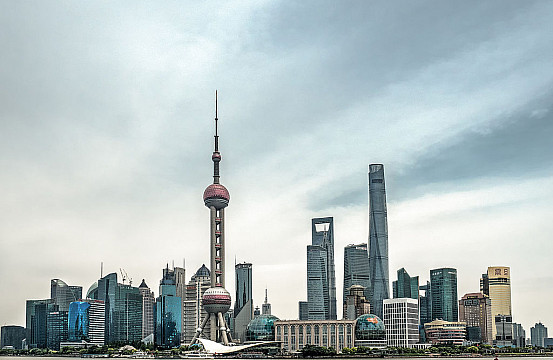 China has slumped to its slowest annual growth rate since 1990. With the yuan diving and a new Trump administration to contend with, Beijing has its hands full keeping Asia’s biggest economy on track in 2017.
China has slumped to its slowest annual growth rate since 1990. With the yuan diving and a new Trump administration to contend with, Beijing has its hands full keeping Asia’s biggest economy on track in 2017.
On Friday, Beijing reported a 6.8 percent rise in gross domestic product (GDP) for the December quarter, slightly higher than the 6.7 percent median estimate predicted by a Bloomberg survey. For 2016, the world’s second-largest economy reported GDP growth of 6.7 percent, right in the middle of the official target of 6.5 to 7 percent and virtually in line with Chinese President Xi Jinping’s recent forecast.
The official data pointed to stronger retail sales, rising by 10.9 percent in December, while industrial production weakened to 6 percent growth. Fixed asset investment grew by 8.1 percent over the year, weaker than the 10.7 percent reported in the first three months of the year, although the services sector picked up speed, posting a 7.8 percent rise compared to manufacturing’s 6.1 percent.
For the year, consumption contributed nearly 65 percent of growth, indicating the much-touted switch to consumption-driven growth may be building momentum.
“Once the impact of past policy easing wanes, we think the economy will likely slow again,” Capital Economics’ China economist Liu Chang told the Australian Financial Review .
“There are already signs that the property market is starting to cool. Credit growth has peaked. A sharp drop-off in activity is not likely. But growth is likely to slow in 2017.”
Among the difficulties for policymakers are the recent slump in the currency, with the yuan posting its biggest annual fall in two decades of 7 percent, and increasing capital flight pressures amid a rising U.






